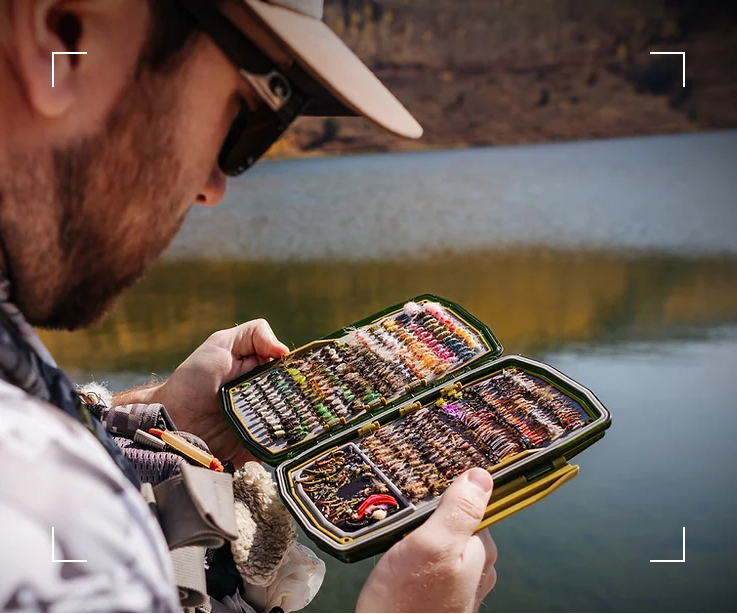What Makes a Fly a Classic?
Fly tying: You may have heard that there are no original stories anymore, or that movies are all remakes... the same is true for flies

November 2021
You may have heard that there are no original stories anymore, or that movies are all remakes... or that bands aren't breaching new ground these days. Why is that? Partially, I think it's because the low-hanging fruit has already been taken, and because there are more people than ever saturating the market, whatever the market may be. Movies, music, and even fly patterns...
In trout fishing, the classics like the Parachute Adams, Elk Hair Caddis, RS2, Woolly Buggers defined fly categories. These are likened to your Citizen Kanes, Shakespeare, or The Beatles.
The reason these flies are classics likely comes back to how the particular materials are used to trigger a reaction in a trout. We previously explored the most important trigger points in successful fly patterns in this past article, but for those that missed it, the keys to a successful fly should employ at least one of these three things:
- Supernormal stimuli: an exaggeration of a trait that trout look for in their food. This could be wiggly legs in a stonefly, or emerging wing pads in an emerger, or shimmer in a streamer. These characteristics are so synonymous with food that a trout instantly recognizes the stimuli, even if the fly tier over-exaggerates the trait.
- Hotspot: something gaudy that gets eyes on your fly and helps it stand out amongst the vast array of materials in a stream or lake.
- Delectability: the ability for a fly to, at a glance, look like a food source without giving away that it's actually a piece of metal. Sometimes too many details give a fly away as "not-food".
Splitting the Atom
So, what I'm getting at is that the Royal Wulff isn't some untouchable classic, but a classic combination of triggers. The magic is in the combination and type of triggers used: the red hotspot combined with the stimuli from the hackle, the iridescence of the peacock hurl, and possibly the white calf tail wing posts. Breaking down elements of a fly into its components and identifying a fly based on its triggers should help anglers realize what makes a fly successful. Just like the discovery of subatomic particles that make up an atom, flies should be measured by their valuable attributes.
Why Would This Distinction Matter?
How many times have you been faced with a tough fishing day where your buddy is just embarrassing you with a fly that you don't have in your box? You may think you need to bum a fly from your friend to find success, OR, you might be able to break down the key components of that successful fly to pick a fly within your own box. This can be a fun exercise to figure out what triggers the fish are actually focused on. I don't believe in magic flies, just the appropriate triggers. For more, check out our article about how trout key into a food source.
Also, when sitting at the bench to tie a new pattern, it might be worth examining the triggers from your favorite flies and using these as the basis for new patterns. For example, look at the RS2. Let's set aside the slim grey profile, as would be common for baetis (or even midge) imitations. The defining trait of the RS2 is its simplicity, with really only two triggers: a CDC puff representing wing pads, and a nondescript profile that could pass as many food types (baetis/midge). Despite its simplicity, the pattern is highly effective and highlights how sometimes it only takes one strong trigger to make a successful fly. Adding more to a pattern might actually detract from the fishability of the final design.
Using a Critical Eye
Consider classic flies for the elements and not the fly as a whole. Think about the successful components of a fly when buying flies at the shop, fishing them on the water, or tying them on the bench. Not all flies are created with the same goal in mind, and not all flies have the same pedigree of success to justify their existence.


